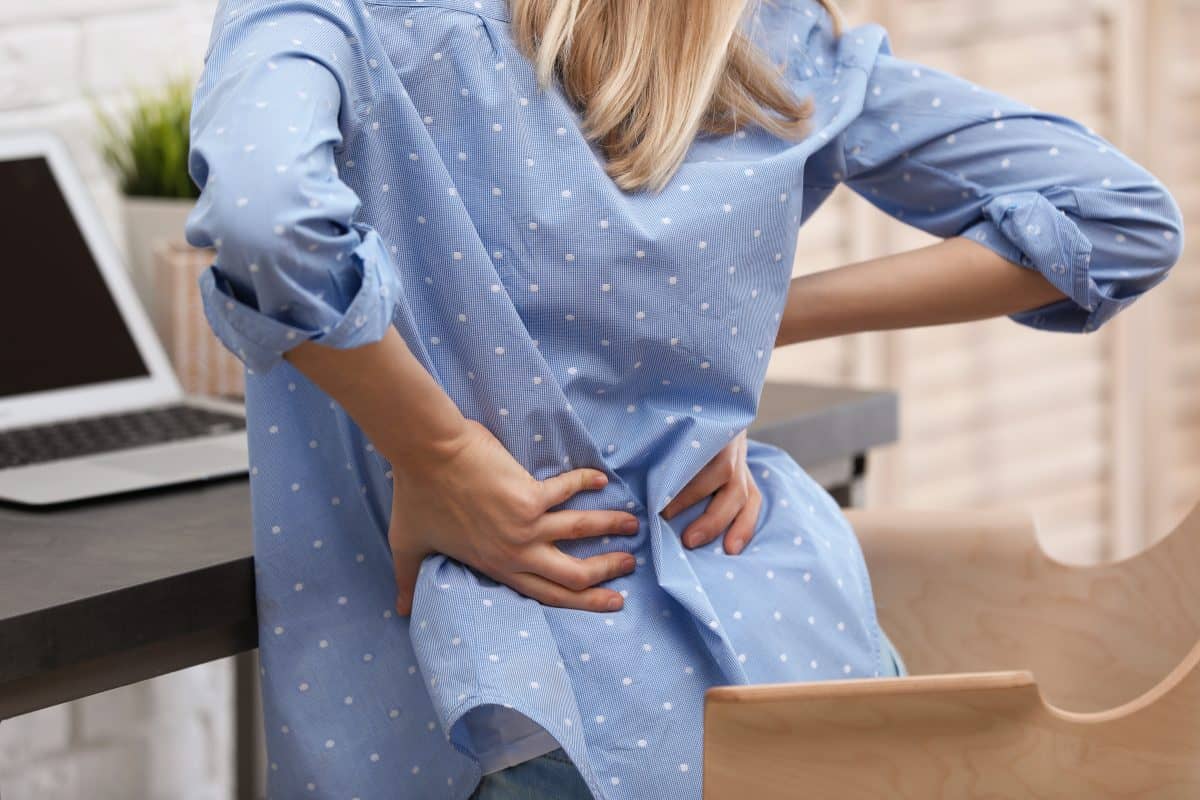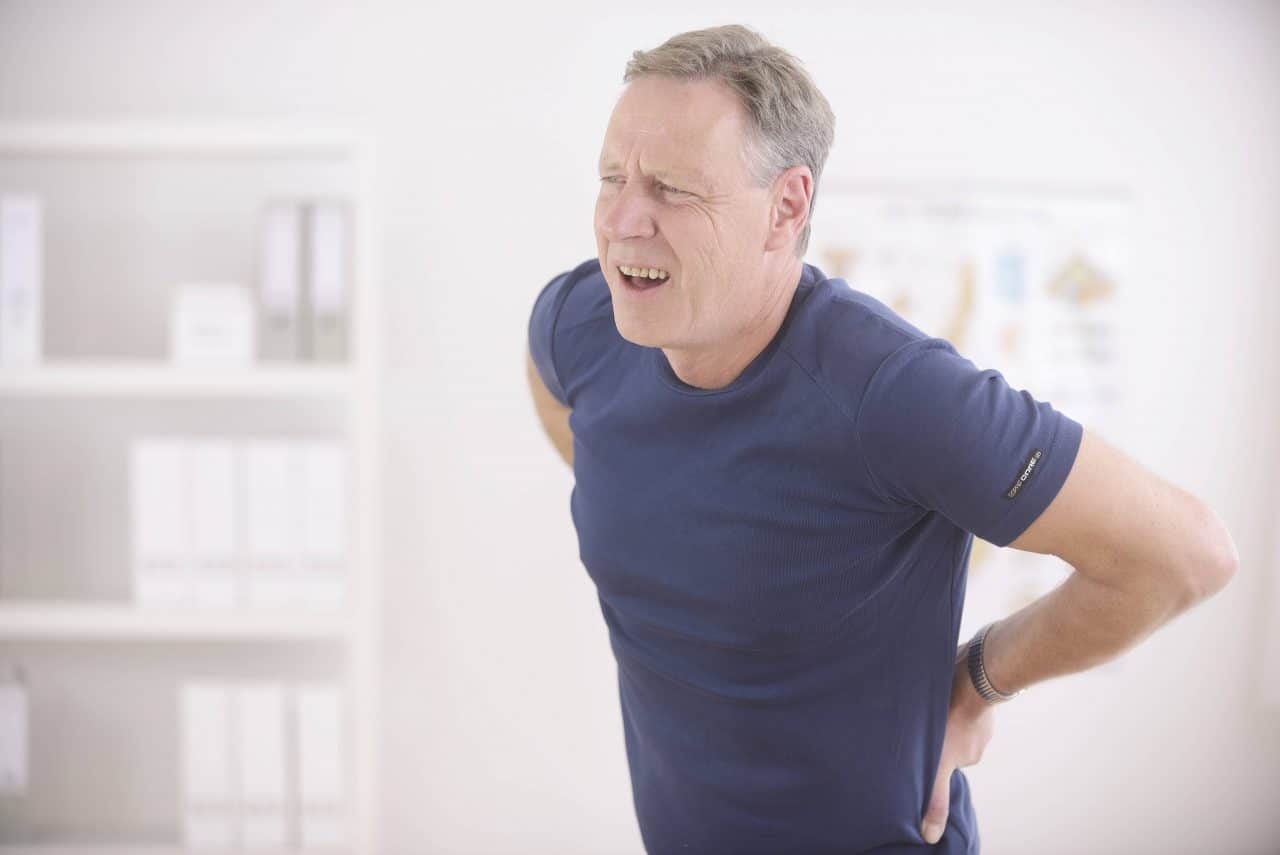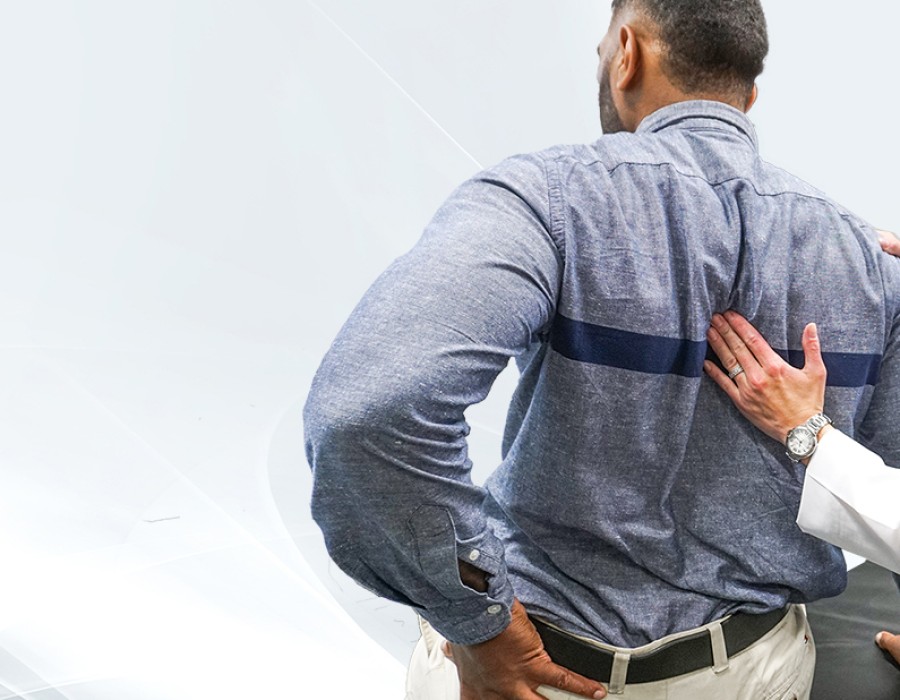Lower back pain is common in youth, middle-aged, and senior citizens. Aching neck or sciatic nerve pain affects the back, hip, and legs, and chronic back pain can affect overall health, work, and leisure time. Learn the common nonsurgical treatments for speedy and enhanced recovery.
As might attending physicians, patients with chronic back pain may find it excruciating and irritating.
Nonsurgical Ways To Treat Back Pain
Various at-home back pain treatment remedies can combat muscular or nerve-related back pain. Before starting them, talk about them with your back specialist.
1. Physical Exercise And Yoga
Exercise is an effective approach to managing back pain. Consistent stretching and strengthening are the main components of most back treatment programs.

Physical therapists teach patients sitting, standing, and movement postures for proper spine alignment and less back strain. They also teach aerobics and core strengthening exercises for back strength.
Irrespective of the severity of your back pain, consider yoga to reduce it. Yoga and exercise help release tension and relieve stiffness in the muscles.
However, avoid toe-touch and leg lift exercises, which may further stress your spine. Bringing each knee to your chest in a sequence and wall-sit exercises may be useful.
2. Ice And Heat
Cold or heat therapy is a low-cost and simple treatment for back pain.
This topical application is beneficial as primary and parallel therapy in treating back pain. Applying hot and cold packs proves useful in reducing lower back pain from degenerated discs, lower back injury, muscle pull, or muscle soreness from exercise.
Always use ice packs first for chronic back pain treatment, then apply heat. Drape a warm blanket over your lower spine.
You may also use an adhesive wrap that sticks to your lower back and provides many hours of less intense heat. If you have chronic back pain, use heat therapy before your sleep time. Take heat patches and ice packs with you to work or when you're driving. Incorporate these therapies into your everyday regimen to promote and accelerate recovery.
3. Appropriate Footwear
Shoes can greatly impact spinal health and may be one of the best remedies for lower back pain. The biggest offenders can be wearing the wrong shoes and bending too much. Arch support and cushioning can help improve leg and back alignment and help manage pain.

Consider wearing flat heels for all-day comfort. Shoes with good cushion support can reduce your body and back impact while walking or running. Explore orthotic insoles to maximize mobility and comfort and minimize back pain.
4. Anti-Inflammatory Diet
Trans fats, processed meals, and refined sugar may satiate your appetite. Still, they are unhealthy and can increase your body's inflammation. Higher levels of inflammation can trigger certain types of chronic back pain.
To reduce chronic pain, it is best to pursue an anti-inflammatory diet that includes fruits, vegetables, nuts, whole grains, dairy products, soybeans, tofu, leafy green vegetables, blueberries, and salmon fish. Also, get enough calcium and vitamin D in your meals to relieve back pain.
Conclusion
If you do not recover from the nonsurgical treatment or the pain worsens, visit a nearby back center. Stress relief methods, such as social support from family and friends, can also help heal back pain. Visit a licensed back pain doctor New Jersey for a spinal massage. Change your diet, fitness, and lifestyle to improve spinal health.





Comments